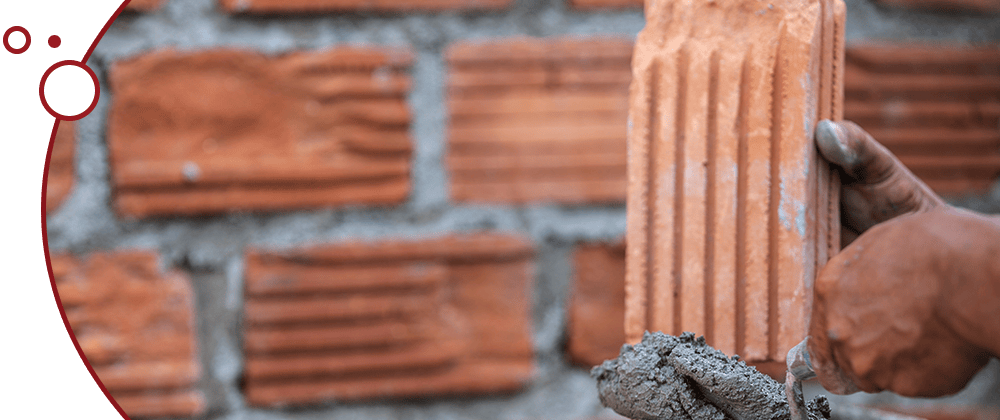
Bad tuckpointing, a prevalent issue in the construction industry, often leads to significant structural and aesthetic problems in brick masonry. This article delves into the causes, consequences, and prevention of bad tuck pointing, providing valuable insights for property owners and construction professionals alike.
Table of Contents
What is Bad Tuckpointing?
Bad tuck pointing, also known as “scam pointing,” involves the superficial application of mortar without adequately removing the existing deteriorated mortar. This practice, aimed at saving costs and time, results in a facade that fails to protect the structure and requires costly repairs in the long run.
Why Does Bad Tuckpointing Happen?
The primary reason for bad tuck pointing is the pursuit of lower upfront costs. Untrained or unethical contractors often resort to this method to offer seemingly competitive prices. However, this short-term saving leads to long-term expenses and potential damage to the property.
The Impact of Bad Tuckpointing
Structural Integrity Compromised
Bad tuck pointing compromises the structural integrity of a building. The inadequate bond between the new and old mortar leads to moisture infiltration, brick deterioration, and eventual structural failures.
Aesthetic Downgrade
Aesthetically, bad tuckpointing diminishes the appearance of a building. Over time, the poorly applied mortar becomes apparent, detracting from the building’s overall look and reducing its value.
Preventing Bad Tuckpointing
Choose Qualified Contractors
Selecting experienced and reputable contractors is crucial. They should have a track record of quality work and adhere to industry best practices.
Regular Inspections
Regular inspections by qualified professionals can detect early signs of bad tuckpointing and prevent further damage.
Conclusion
Bad tuck pointing poses significant risks to buildings. By understanding its causes and impacts, property owners can make informed decisions to protect their investments.
FAQs about Bad Tuckpointing
What is bad tuckpointing?
- Bad tuck pointing refers to the improper application of mortar without removing the old, deteriorated mortar, leading to structural and aesthetic issues.
Why do contractors perform bad tuckpointing?
- Contractors may resort to bad tuckpointing to reduce costs and save time, often at the expense of quality and longevity.
How can I identify bad tuck pointing?
- Look for uneven or superficial mortar application, signs of moisture damage, or deterioration in the mortar joints.
What are the consequences of bad tuck pointing?
- It can lead to structural damage, moisture problems, and a decrease in property value.
How can bad tuck pointing be prevented?
- Hiring qualified contractors and conducting regular inspections are key to preventing bad tuck pointing.


